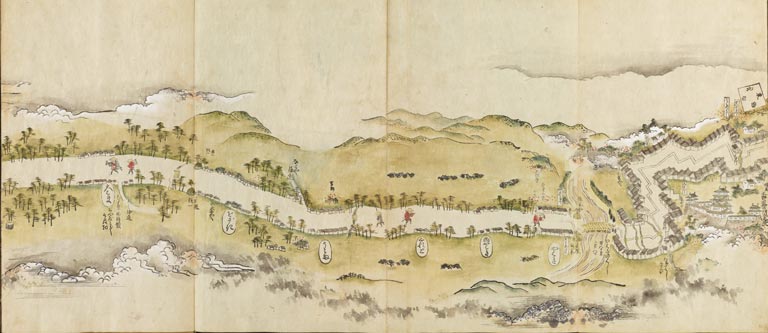Travel in Tokugawa Period Japan (1603-1868): Identity, Nation and Social Transformation
Sonia Favi, Marie Skłodowska-Curie Actions Individual Fellow
This project explores the cultural and social meanings of travel in late Tokugawa (or Edo) period Japan (1603-1868). The Tokugawa period was a time of relative internal peace, economic growth, and political stability.

The ruling Tokugawa family safeguarded those conditions by exerting various forms of political and social control, including restrictions on movement: travel was limited to the essential. Some people, however, did manage to find loopholes in the system, using permitted forms of travel, such as pilgrimage, as occasions for ‘recreational detours’.
Moreover, with the birth of commercial publishing and with an expansion of readership, commercial sources related to travel – such as printed travel guidebooks and maps – came to circulate in growing numbers from major cities to remote areas and gained vast popularity.
This project assesses the interconnections between travel and text. It analyses travel guidebooks and maps as forms of “virtual” travel and investigates whether they subverted the effects of the geographical, social and political immobility imposed by the Tokugawa. It also reviews their relationship with the formation of national identity, considering whether the ideological transformation connected with travel led to forms of ‘proto-national’ identification.
The project is funded by the European Commission (within the Horizon 2020’s Marie Skłodowska-Curie actions scheme, call: H2020-MSCA-IF-2017).
